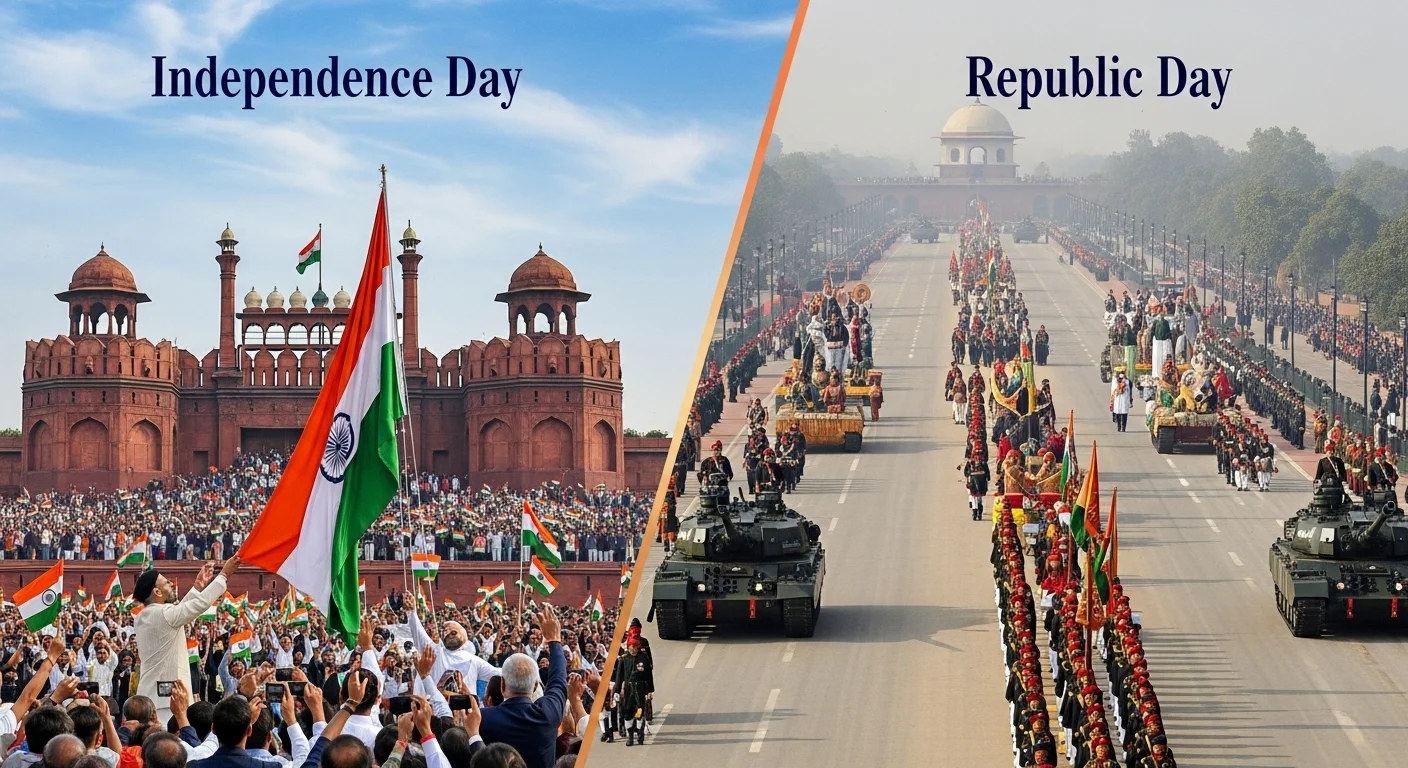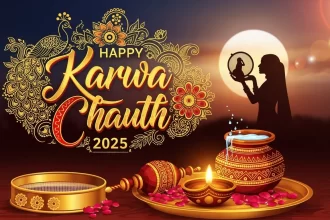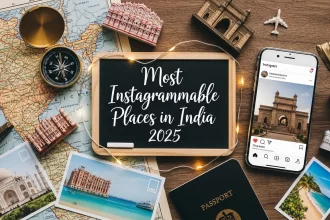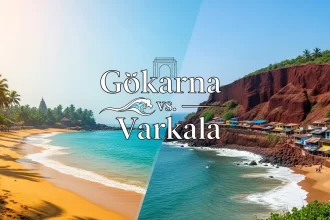In India, there are two days that are synonymous with patriotism and national pride; these days are Independence Day and Republic Day. These two days are often mentioned in one breath, yet the two events are often intertwined in people’s minds. Yes, both days consist of a flag hoisting, patriotic songs, and spurts of tricolor pride, but everything else, the historical context, the rationale for celebrations, and represented symbolic diversity, is completely distinct from the other.
In order to appreciate their significance, we need to discuss why the days are being celebrated, why each day is different, and what each day means to the identity of India as a Nation.
The Historical Story: Freedom vs. Foundation
– Independence Day – 15 August 1947
- Independence Day marks the day India finally broke free from over two centuries of British colonial rule. This was the culmination of countless sacrifices by freedom fighters and ordinary citizens. On August 15, 1947, India officially became an independent nation. To mark this momentous occasion, India’s first Prime Minister, Jawaharlal Nehru, raised the national flag at the Red Fort in Delhi. This day is about remembering the hard-won freedom and paying tribute to the heroes of the freedom struggle.
– Republic Day – 26 January 1950
- While independence gave India freedom it was passing the Constitution of India on 26 January 1950 that established a true identity for the nation. On that date, India became a Republic, because the country was formed and governed by the laws created not by a colonial power or some temporarily enacted random governance applied to the nation, but the country being governed by its people. The day was chosen because the Indian National Congress, on 26 January 1930, had proclaimed Purna Swaraj (complete independence) as the ultimate goal. The significance of Republic Day is not only the governance of a nation by the people, but also the realization of India’s vision as a complete democracy.
Must Read: Independence Day 2025: Everything You Need to Know About 15 August
Key Differences Between Independence Day and Republic Day
Aspect |
Independence Day |
Republic Day |
|
Date |
15 August |
26 January |
|
Year Started |
1947 |
1950 |
|
Significance |
Freedom from British rule |
Adoption of the Constitution; India becomes a Republic |
|
Flag Hoisting |
Prime Minister at the Red Fort |
President at Rajpath (now Kartavya Path) |
|
Focus |
Freedom struggle, sacrifices of martyrs |
Constitution, democracy, and national unity |
|
Type of Celebration |
Patriotic speeches, cultural programs, flag hoisting |
Republic Day parade, showcasing military and cultural heritage |
How We Celebrate Each Day
– Independence Day
-
Flag Hoisting by the Prime Minister at the Red Fort, followed by a speech addressing the nation.
-
Patriotic cultural programs in schools, offices, and communities.
-
Singing of the National Anthem, recitation of freedom struggle stories, and kite flying in many parts of India.
-
A day of reflection on the sacrifices made for freedom.
– Republic Day
-
Grand Parade at Kartavya Path (formerly Rajpath) in New Delhi attended by the President, Prime Minister, foreign dignitaries and thousands of citizens.
-
Showcase of India’s military capabilities, cultural diversity and technological advancement.
-
Tableaux representing various states and ministries to showcase India’s past and India a spectacle of in particular progress.
-
The presentation of awards, such as the Padma Awards and the Gallantry Awards, to exemplary citizens.
Must Read: Visiting the Best Wellness and Luxury Retreats Near Delhi NCR for the Independence Day Weekend!
The Spirit of Each Day
-
Independence Day: A reminder of the blood, sweat, and tears that earned India its freedom. It’s about paying tribute to the martyrs and rekindling the flame of patriotism.
-
Republic Day: A celebration of India’s unity in diversity and the values enshrined in the Constitution—justice, liberty, equality, and fraternity.
Why People Confuse the Two
People sometimes confuse the two as they see the similar tricolor decorations and patriotic songs, and similar nationalistic speeches. But one celebrates how India attained freedom and the other celebrates how, after freedom, free India would govern itself.
Conclusion
Independence Day and Republic Day are two parts of the same book of one important event—one tells us how the nation was freed and the latter tells us the way the nation is going to go from here on out. Both are equally significant, as they together carry the spirit of India.
By seeing the difference in the two we are not only respecting the historical significance of the events, but we are also identifying with the subsequent values and ideals of the country.







